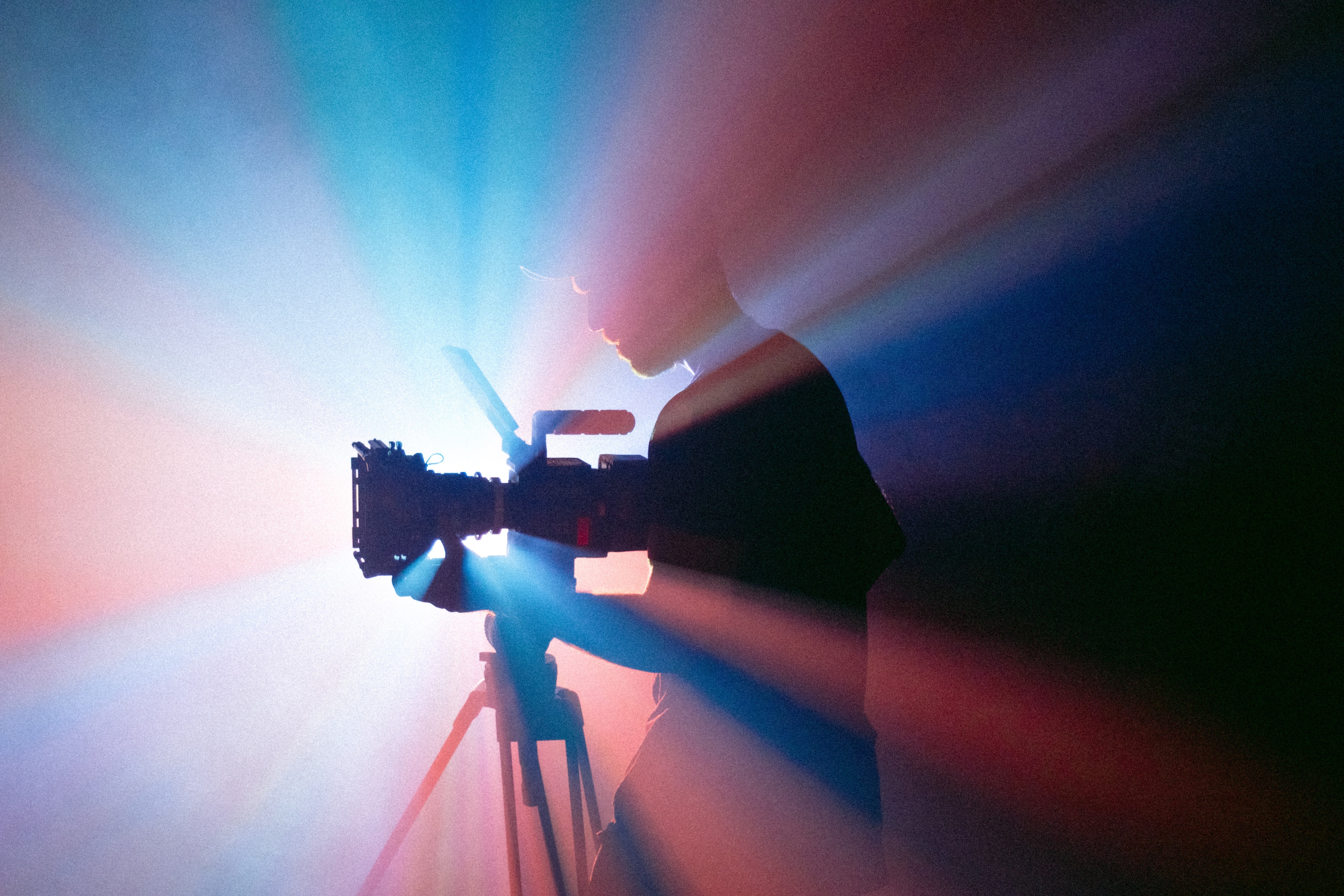How AI Video Upscaling Improves Communication Quality in Virtual Presentations

I’ve spent a good portion of the last few months looking closely at the transition to purely virtual communication, particularly in settings where clarity really matters—think technical briefings or high-stakes client pitches delivered remotely. It’s fascinating, isn't it, how quickly we accepted 720p or even 480p video feeds as "good enough" when everyone was suddenly stuck at home. But now, as hardware stabilizes and bandwidth generally improves, that initial tolerance for fuzzy faces and pixelated diagrams is starting to wear thin. We are seeing a clear divergence between the quality of our in-person interactions and the often-murky digital substitutes we rely on for professional exchange.
This gap in visual fidelity isn't just annoying; it actually introduces friction into the cognitive process. When I have to strain to read a small graph displayed behind a speaker who is themselves slightly blocky, my focus shifts from the content of the message to simply trying to decode the visual data. This is where the recent advancements in machine learning applied to video processing—specifically upscaling—become more than just a neat trick for gamers. I started testing several current implementation methods to see if this technology genuinely closes the gap in professional virtual presentation quality, moving us beyond mere acceptability toward true clarity.
Let's focus on what’s happening under the hood when we take a low-resolution source stream, say, a standard webcam feed from a remote participant operating on a weak connection, and push it up to a modern 4K display. Traditional upscaling methods, often based on simple bilinear or bicubic interpolation, are essentially guessing what the missing pixels should look like based on their immediate neighbors. The result is almost always a blurry effect, as sharp edges are smoothed over, and fine textures—like the weave of a suit jacket or subtle facial expressions—simply dissolve into color blocks. What the newer, data-driven models are doing is fundamentally different; they have been trained on massive datasets containing pairs of low-resolution inputs and their corresponding high-resolution ground truths.
This training allows the system to learn complex, non-linear relationships between degraded input and expected output structure. When a blocky edge appears in the input, the model doesn't just average the color; it predicts the sharp edge that *should* be there based on patterns it has internalized from thousands of similar scenarios. For a technical presentation, this means that small annotations on a shared screen, previously illegible artifacts, now resolve into readable text, provided the underlying compression artifacts aren't too severe. I’ve observed cases where facial details, crucial for gauging audience reaction or speaker sincerity, regain definition that allows for more natural interpretation, reducing the cognitive load required for the viewer to process the visual information stream. It shifts the quality benchmark from "can I see it?" to "does it look natural and clear?"
The impact on communication quality, when viewed through a performance lens, is surprisingly tangible. Consider a scenario where a remote engineer is walking a distributed team through a complex schematic displayed on a monitor. If that schematic is delivered at 480p, the viewer spends valuable seconds trying to identify pin numbers or component labels, time taken away from understanding the system architecture being explained. Using an effective AI upscaler—one that intelligently reconstructs fine lines rather than just smearing pixels—the schematic remains crisp, even when the original transmission bandwidth was low.
This preservation of detail directly translates to reduced ambiguity in technical discussions, which is where precision is non-negotiable. Furthermore, the psychological effect on the presenter cannot be ignored; when a speaker sees themselves rendered clearly, without the noticeable blockiness that signals a poor connection, their confidence in the medium itself tends to stabilize. It mitigates the sense of being physically distant or digitally degraded, which often creeps into remote interactions. We are moving toward a state where the visual quality of a virtual presentation can reliably match or even surpass the clarity of a poorly lit conference room projector, all thanks to sophisticated pixel prediction engines working in real-time.
More Posts from ai-videoupscale.com:
- →AI Video Upscaling Troubleshooting Common Issues in July 2024
- →Configuring Unraid as a Dedicated AI Video Upscaling Server A Step-by-Step Guide for 2024
- →Local AI Video Upscaling A Comparative Analysis of 7 Tools for Enhancing Video Resolution in 2024
- →The Art of Post-Production Transforming Raw Footage into Cinematic Magic
- →How to AI-Enhance Real-Time VFX Renders from Unreal Engine 5 for Superior Visual Quality
- →Demystifying the 3D Animation Pipeline From Animatics to Final Render